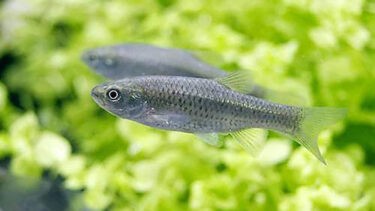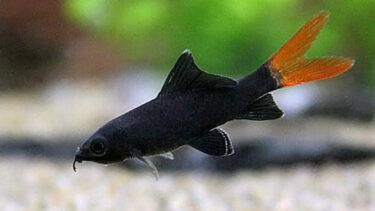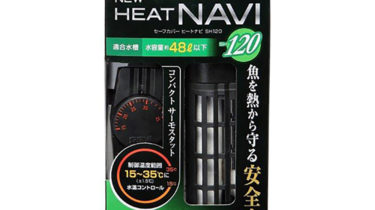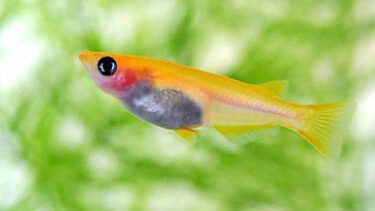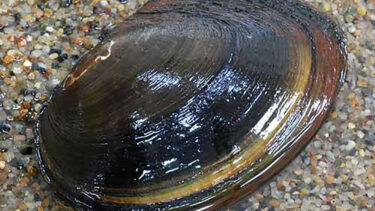The Abrahamia is a yellowish-brown river fish with small scales, small black spots on its body, and a characteristic longitudinal band on the side of its body. The abraya belongs to a subspecies endemic to Japan. In this article, I would like to explain in detail the characteristics of the Abrahyaya and how to keep them.
What is Abhaya?
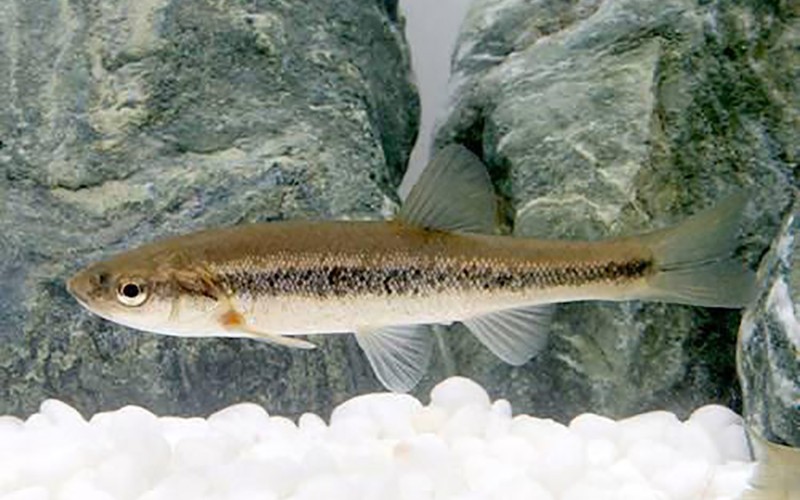
Abrahamaya belong to the genus Abrahamaya of the carp family, Carpiformes. The habitat of the abahaya is rivers on the Pacific Ocean side of Japan from Aomori to Okayama prefectures and rivers on the Sea of Japan side from Aomori to Fukui prefectures. The Abrahamia also belongs to a subspecies endemic to Japan.Abrahamic fish tend to prefer rivers with relatively cooler water temperatures. They are also omnivorous, feeding on microorganisms and aquatic plants, and are characterized by a variety of feeding habits depending on their habitat and environment. Abraham's fish have their tail and dorsal fins almost in the same position, and their body surface is slimy. This feature gives it the name "abraya. The abahaya's body color is yellowish brown with small scales and small black spots on its body. It also has a distinctive longitudinal band on the side of its body. The abraya has a variety of names depending on the region. For example, there are chaya, minnow, yamagao, mugikuso, and dorokuso.
The numamutu is a member of the carp family Kawamutu of the order Carp, found in rivers around Lake Biwa in Shizuoka Prefecture to Shiga Prefecture, along the coast of the Seto Inland Sea in the Chugoku and Shikoku regions, and along the Ariake Sea coast of Kyushu. It is a river fish with a rather thin longitudinal band on the body side and red/pink-colored front edges on the pectoral and abdominal fins. Also [...].
The Red-tailed Black Shark is a tropical fish of the carp family Epalzeorhynchos, which is native to the Chao Phraya River and the Mae Klong River in the Kingdom of Thailand in Southeast Asia. This time, we will introduce you to such a red-tailed [...].
How to Keep Abrahaya
Abrahaya can be an easy species to keep if you know how to keep them. The lifespan of the abraya is approximately 3 to 5 years. Their body size is about 10-15 cm. However, both lifespan and body size vary depending on the environment in which they are kept and the food they are fed. They prefer slightly alkaline to neutral water quality, with a pH of 7.0 to 8.0. They can live in water temperatures between 5-25℃.
A heater is a device that maintains a constant water temperature. If you go to a specialty store that carries heaters, you will find a wide variety of types. Some people may be at a loss as to which one to choose. In this article, we would like to explain about such heaters [...]
Points to keep in mind when mixing swimmers
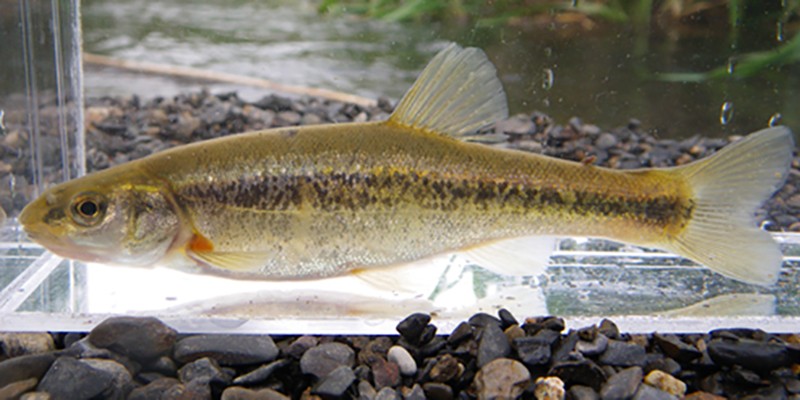
Regarding mixed swimming, first of all, the character of the Abrahaya is mild-mannered. For this reason, it is recommended to mix them with other species of the same size or medium-sized species such as the rosy bitterling. Since the Abrahamaya is an omnivore, it is necessary to be careful when mixing it with smaller species, as it may chase after them. Also, if the mixed species is a territorial species or a chasing species, the abahaya may become weak due to stress. If you are worried about having them swim together, we recommend that you add more aquatic plants such as water plants to create a hiding place for them.
Many people think that goldfish are the goldfish that you see at fairs and festivals in the summer, and that there are many different kinds of goldfish. And it is no exaggeration to say that each type of goldfish has its own characteristics, and that is the best part about goldfish [...]
When you go to a specialty store to look at killifish, you will be surprised at the many varieties available. The prices are different, as are the body colors and patterns, so it is hard to know what to choose. So, in this article, I would like to explain in detail about the different types of medaka. Types of Medaka Scarlet Medaka [...].
Points about spawning
Many people who keep abrahaya want to breed them. In the wild, abalone spawn from April to July. If they are kept in captivity, the timing when the water temperature reaches around 20 degrees Celsius is the signal for spawning. SpawningWhen mature males and females are present, they lay their eggs on gravel or other surfaces in shallow water. If there is more than one male or female, they may spawn in groups. When the water temperature is 25°C, they hatch in about 24 hours. As fry, they consume yokelsack (nutrients provided by the parents) as other species do, and after that, they should be fed with fry food. The fry then grow to 2-7 cm in 1 year, 7-13 cm in 2 years, and 11-15 cm in 3 years.
What to keep in mind when keeping an abrahamaya

The abalone has a slimy body surface and becomes a river fish with a yellowish-brown color, small scales, and small black spots on its body. In nature, it prefers rivers with cooler water temperatures. The abura-yaya also belongs to a subspecies endemic to Japan. The aburaya is also a much-disliked species that is treated as a hazmat fish when fishing for landlocked salmon. The bitter taste of the aburaya's entrails has long made it unpopular as an edible species. When kept in captivity, they are preferred because they spawn in groups of several dozen and can live in low water temperatures.Abayas are omnivorous, preying on water plants, algae, aquatic insects, benthic animals, and small fish. They are an essential part of the traditional Japanese ecosystem, making them an important river fish in terms of education. If you are interested in the Abrahamaya, I recommend that you take a look at them at a specialty store.
The reef fish is a member of the family Gobyidae of the order Perchidae, found in rivers and lakes in tropical and temperate regions such as Japan and Southeast Asia. It is a river fish characterized by its sucker-like ventral fins that are evenly concave inward. Some species also have a reddish-brown line on the head [...]


